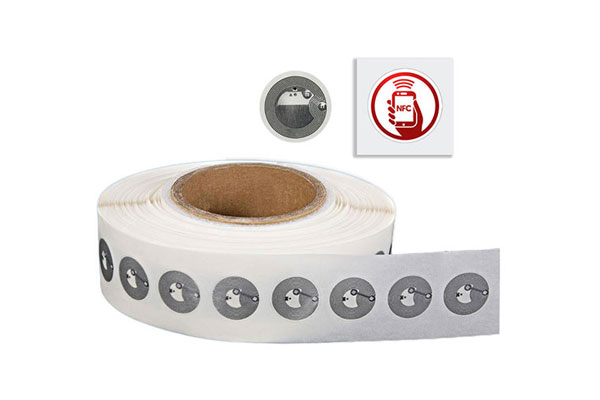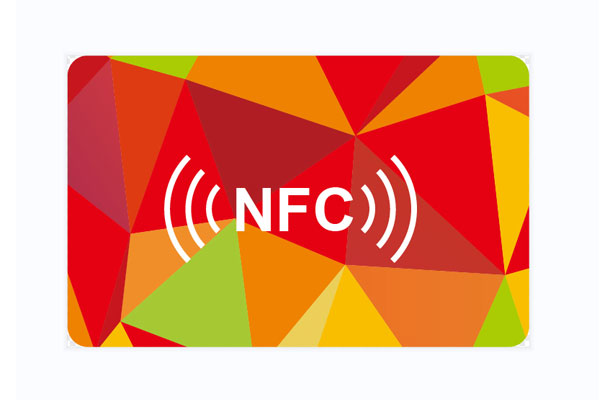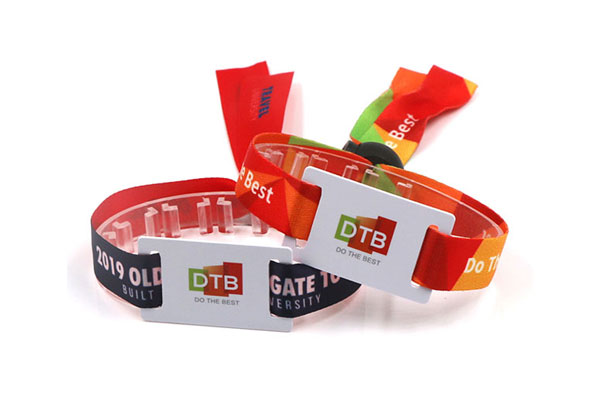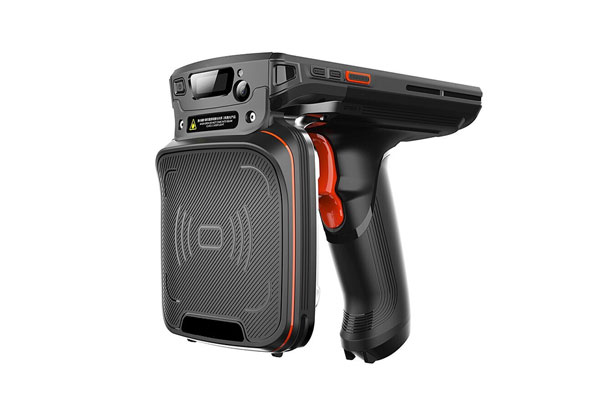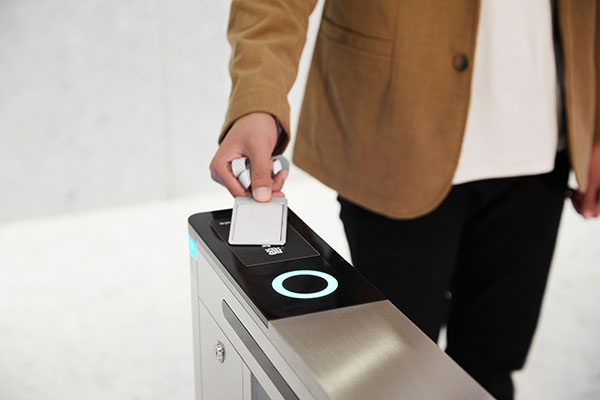RFID can be used for library circulation operations and theft detection systems. RFID-based systems move beyond security to become tracking systems that combine security with more efficient tracking of materials throughout the library, including easier and faster charge and discharge, inventorying, and materials handling.
This technology helps librarians reduce valuable staff time spent scanning barcodes while charging and discharging items. RFID is a combination of radio-frequency-based technology and microchip technology. The information contained on microchips in the tags affixed to library materials is read using radio frequency technology such as RFID label reader, regardless of item orientation or alignment (i.e., the technology does not require line-of-sight or a fixed plane to read tags as do traditional theft detection systems). The RFID gates at the library exit(s) can be as wide as four feet because the tags can be read at a distance of up to two feet by each of two parallel exit gate sensors.
Components of an RFID System
A comprehensive RFID system has four components:
RFID tags that are electronically programmed with unique information
Readers or sensors to query the tags
Antenna
Server on which the software that interfaces with the integrated library software is loaded.
Advantages of RFID systems
Rapid check-out / check-in
Simplified patron self check-out / check-in
High reliability
High-speed inventorying
Automated materials handling
Long tag life
DTB offers a range of RFID products for RFID Library system
UHF RFID Book Tag
RFID Book Tag

